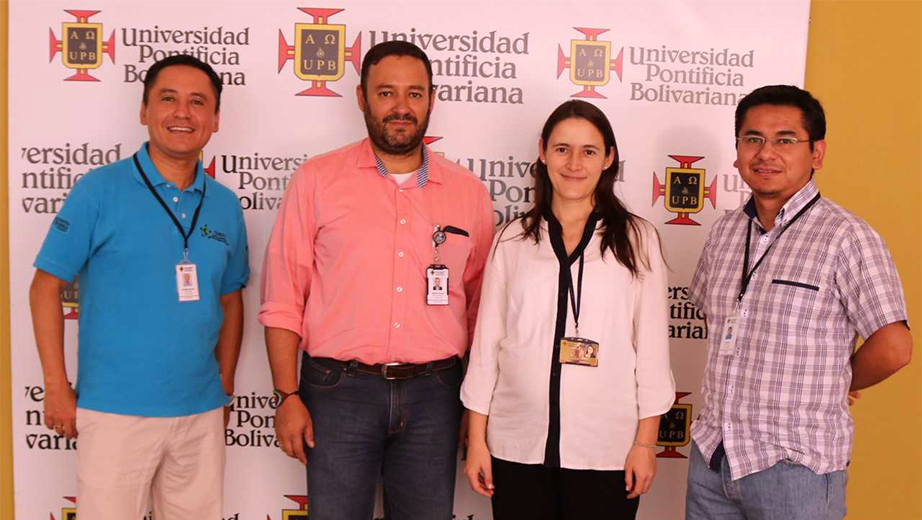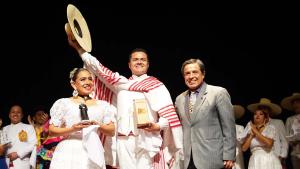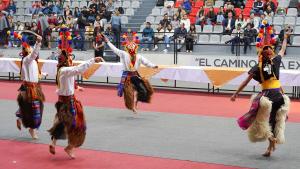Noticia
Optimize the planning of the communications network in an urban environment

As part their research work in the field of smart electrical networks, researchers from the Telecommunications and Telematics Research Group (Grupo de Investigación en Telecomunicaciones y Telemática (GITEL) and Smart Electrical Networks (Redes Eléctricas Inteligentes (GIREI) suggest a "heuristic" model for an optimal planning of networks with the Development and Application on Telecommunications and Computing Research Group (GIDATI for its acronym in Spanish) from Universidad Pontificia Boliviana (UPB), Medellin, Colombia.
The suggested model seeks to optimize the planning of communication networks in an urban environment which enables sending data from the smart measurement infrastructure of electrical energy from smart meters located in households.
As explained by Juan Inga, coordinator of GITEL, it is a heuristic optimization model that proposes two stages. The first part seeks to establish the best location of cellular base stations (BS) to obtain wireless connectivity to each smart meter (SM). The next step is the optimal location of a primary data concentrator with fiber optic link between each BS.
The research has been published with the title "Optimal Planning for Deployment of FiWi Networks based on Hybrid Heuristic Process" in the IEEE Latin America Transactions Cuartil Q3 and Indexed in Scopus and ISI Web of Science
Researchers Juan Inga Ortega and Andrés Ortega of GITEL and Esteban Inga of GIREI, UPS professors, are the authors of this research in conjunction with Roberto Hincapié and Cristina Gómez of GIDATI-UPB.
Contenidos Relacionados
Contenidos Relacionados
Noticias Relacionadas
Noticias Relacionadas





Follow us
Follow us